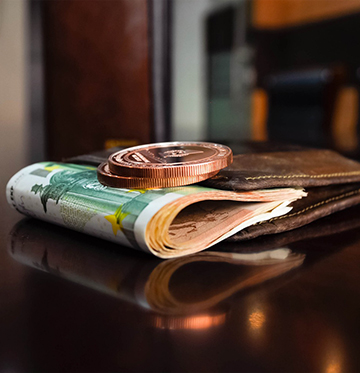How Are Plastics Manufactured?
Date created: November 25, 2016
Admin
0 Comment
Here is a brief explanation of what goes into the making of different plastics and how they are categorised as per their processing methods & characteristics.
Plastics are essentially materials made up of different elements like oxygen, carbon, hydrogen, sulphur, chlorine and nitrogen. Their molecular weight is typically high, which means that they can be composed of thousands of atoms packed together. Synthetic or manufactured plastics are designed to have properties same as that of natural materials.
Also known as polymers, plastics are manufactured by converting natural products or synthesizing chemicals extracted from coal, oil or natural gas. They are either copolymers or homopolymers depending upon the structure of their carbon atom chains. After coming out from reactors, they may or may not have the properties required for commercialisation. In case the desired properties are absent, professionals impart them artificially by making use of various additives. These additives change & enhance the basic physical, chemical or mechanical characteristics of the polymers, and are, therefore, used for a number of purposes:
-
To increase resistance against the detrimental effects of heat, light and bacteria.
-
To offer specific colours.
-
To modify polymer processing properties like melt flow.
-
To impart special characteristics like flame retardancy, reduced friction, etc.
There are several kinds of additives used in the manufacturing processes of plastics. Let’s take a quick look at them:
-
Colorants - to artificially colour different plastic parts
-
Lubricants - to fabricate fibres
-
Antioxidants - for imparting weather resistance whenever needed
-
Foaming agents - for expanded building board and polystyrene cups
-
Flame retardants - to enhance safety of cable and wire coverings against fires
-
Plasticisers - utilised in flooring, some films, wire insulation and gutters
-
Antimicrobials - for wall coverings and shower curtains
-
Anti-stats - to prevent development of static electricity
As per their processing methods, plastics are usually of two types - thermoplastics and thermosets. Thermoplastics are polymers with weakly bound molecules that soften easily upon application of heat. However, they revert to their previous condition when cooled to room temperature. After softening, thermoplastics can be given desired shapes with the help of various methods like moulding, extrusion or pressing. They are used in a plethora of applications like food packaging, electrical insulation, external prostheses, visual displays, wall & floor coverings, and so on.
On the other hand, thermosets are polymers that can be softened only once through curing or heating. They set irreversibly after heating and cannot go back to their original state. They are prized for their strength and durability, thereby finding their usage in construction and automobile applications. They are even used in mattresses, insulation, furniture, electrical appliances, etc.
For more posts like these, keep watching our blog space and share to spread the word.
